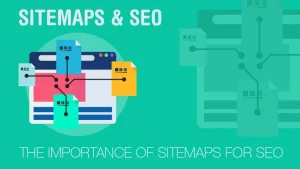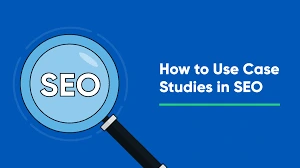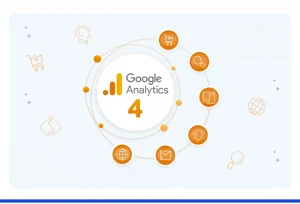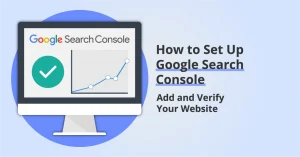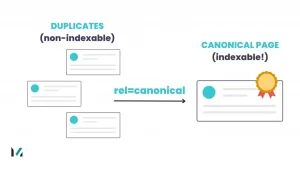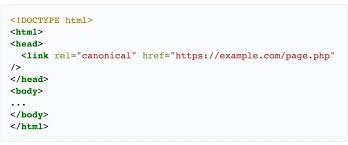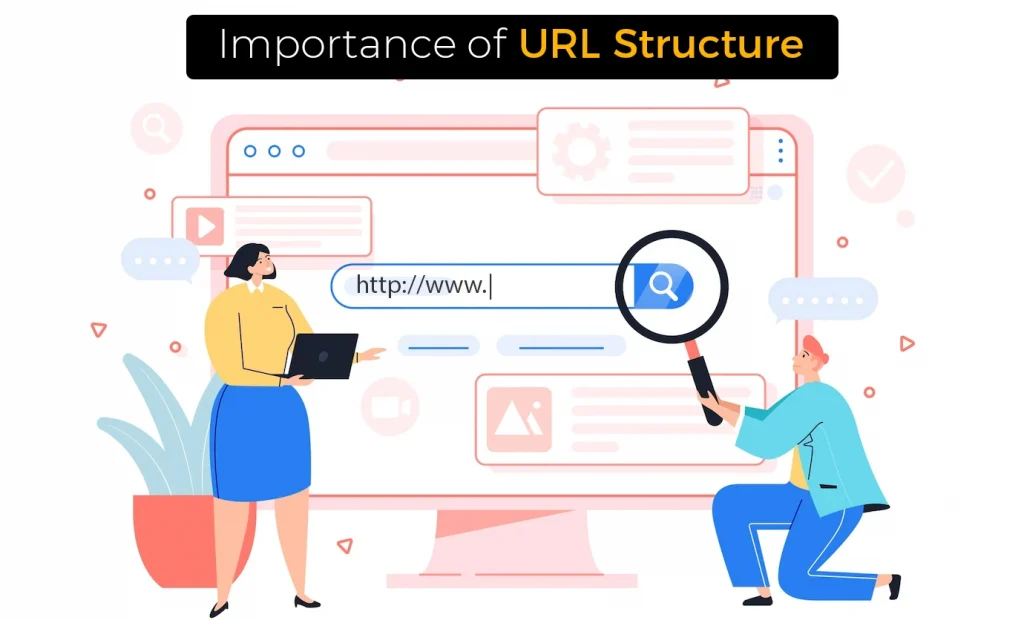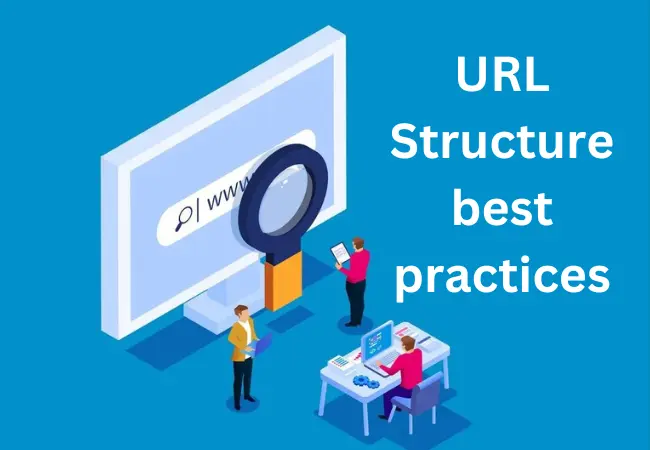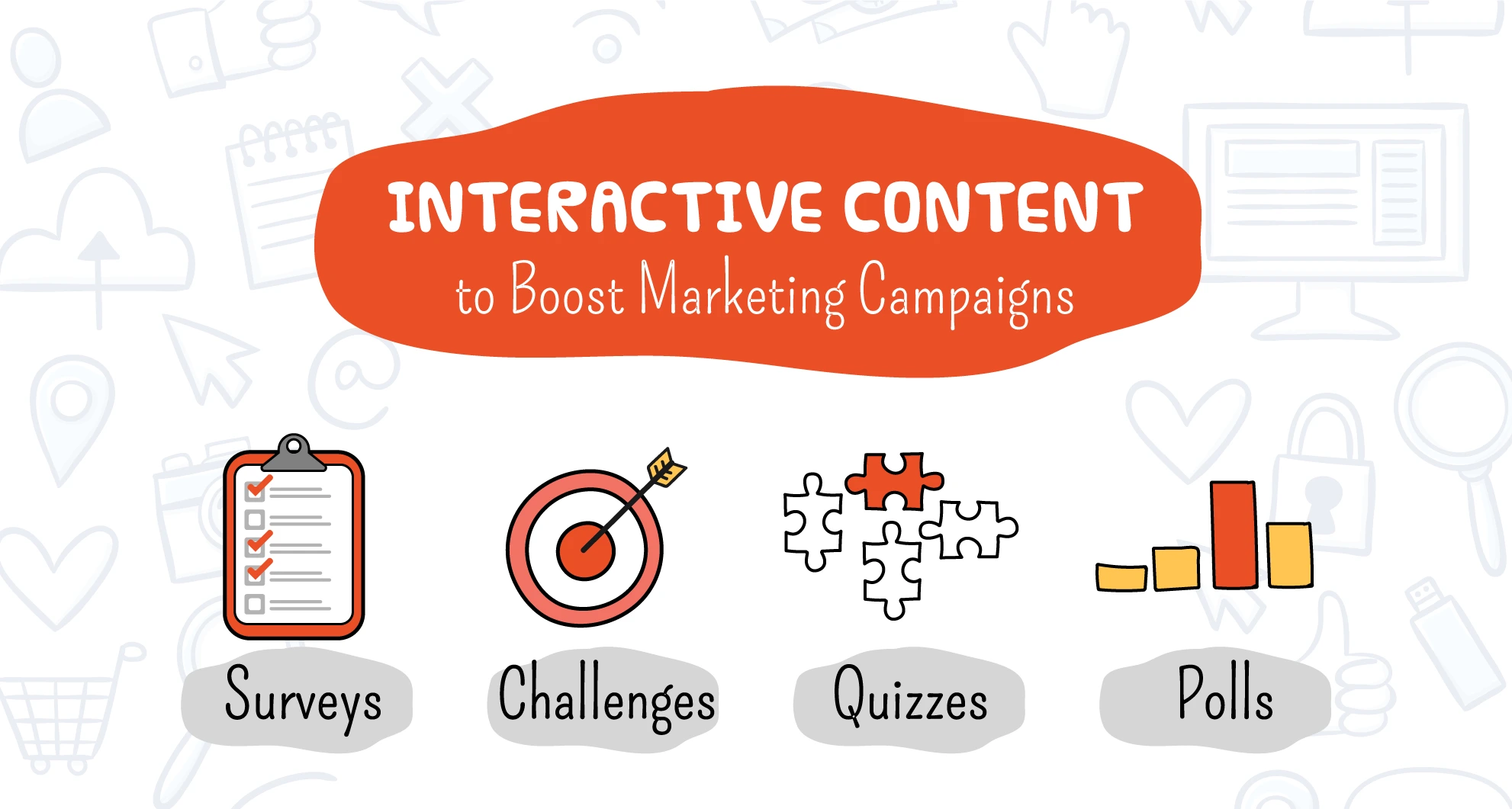2025 SEO Trends: Staying Ahead in the Search Game
2025 SEO Trends:
Staying Ahead in the Search Game

The world of SEO is constantly evolving, driven by technological advancements, algorithm updates, and changes in user behaviour. As we step into 2025, staying ahead in the search game requires more than just traditional strategies, it demands an understanding of emerging trends and a willingness to adapt. This blog explores the top SEO trends to watch in 2025 and actionable tips to keep your strategy competitive.
1. AI-Driven Search Optimization
Artificial Intelligence (AI) continues to reshape SEO, from content creation to keyword analysis. Google’s MUM (Multitask Unified Model) is enhancing the way search engines understand user intent, offering more precise and context-aware results.
Action Tip: Leverage AI tools like ChatGPT to generate semantically rich content and target long-tail keywords that match conversational search patterns.
2. The Development of Conversational Queries and Voice Search
With the growing adoption of smart speakers and mobile voice assistants, voice search is more prominent than ever. Users now frame their queries as natural conversations, making traditional keyword targeting less effective.
Action Tip: Focus on creating question-based content and FAQs tailored to conversational language.
3. Visual and Video Search Evolution
Visual and video content are no longer optional—they’re essential. Tools like Google Lens and Pinterest Lens are changing how users search, while platforms like YouTube continue to dominate traffic generation.
Action Tip: Optimize images with descriptive alt text, and create engaging video content with optimized titles, descriptions, and tags.
4. Core Web Vitals and Page Experience
User experience remains at the forefront of Google’s ranking criteria. Metrics like load speed, interactivity, and visual stability are critical, especially as mobile usage dominates.
Action Tip: Use resources like Google PageSpeed Insights and GTmetrix to regularly check and improve your Core Web Vitals.
5. E-E-A-T: Expertise, Experience, Authoritativeness, Trustworthiness
Google’s emphasis on E-E-A-T (adding “Experience” to the existing E-A-T framework) is transforming how content is evaluated. This is especially vital for industries like health, finance, and education.
Action Tip: Highlight credentials, use case studies, and include testimonials to establish trust and authority.
6. Local SEO and Hyper-Personalization
Local SEO continues to grow in importance, particularly for small and medium businesses. Personalization and proximity-based searches are driving the need for localized content strategies.
Action Tip: Optimize for “near me” searches, maintain a consistent NAP (Name, Address, Phone) across platforms, and update your Google Business Profile regularly.
7. Zero-Click Searches and Featured Snippets
Zero-click searches, where users find answers directly on the search results page, are becoming the norm. Getting a featured snippet place can greatly increase exposure.
Action Tip: Use concise answers, bulleted lists, and structured data to target position zero in search results.
8. Sustainability and Ethical SEO
As environmental concerns grow, users are leaning towards brands that showcase sustainability and ethical practices. This trend is also influencing search algorithms.
Action Tip: Highlight your brand’s eco-friendly initiatives and consider green hosting solutions to enhance your website’s appeal.
9. Interactive and Immersive Content
Interactive content like quizzes, polls, and AR/VR experiences are engaging users like never before. These formats not only enhance user experience but also reduce bounce rates.
Action Tip: Incorporate interactive elements into your content strategy to encourage user participation and boost dwell time.
10. Data-Driven Decision Making
SEO in 2025 will demand a data-driven approach. Predictive analytics tools are enabling businesses to anticipate trends and refine strategies based on user behaviour insights.
Action Tip: Utilize advanced analytics tools like Google Analytics 4 and heatmaps to make informed decisions and optimize campaigns.
Conclusion
The SEO landscape in 2025 is dynamic and demands adaptability. By embracing these trends like AI, voice search, local SEO, and more, you can stay ahead of the curve and drive meaningful results for your business.
